PHOTO: Candida Höfer-Epic Gaze
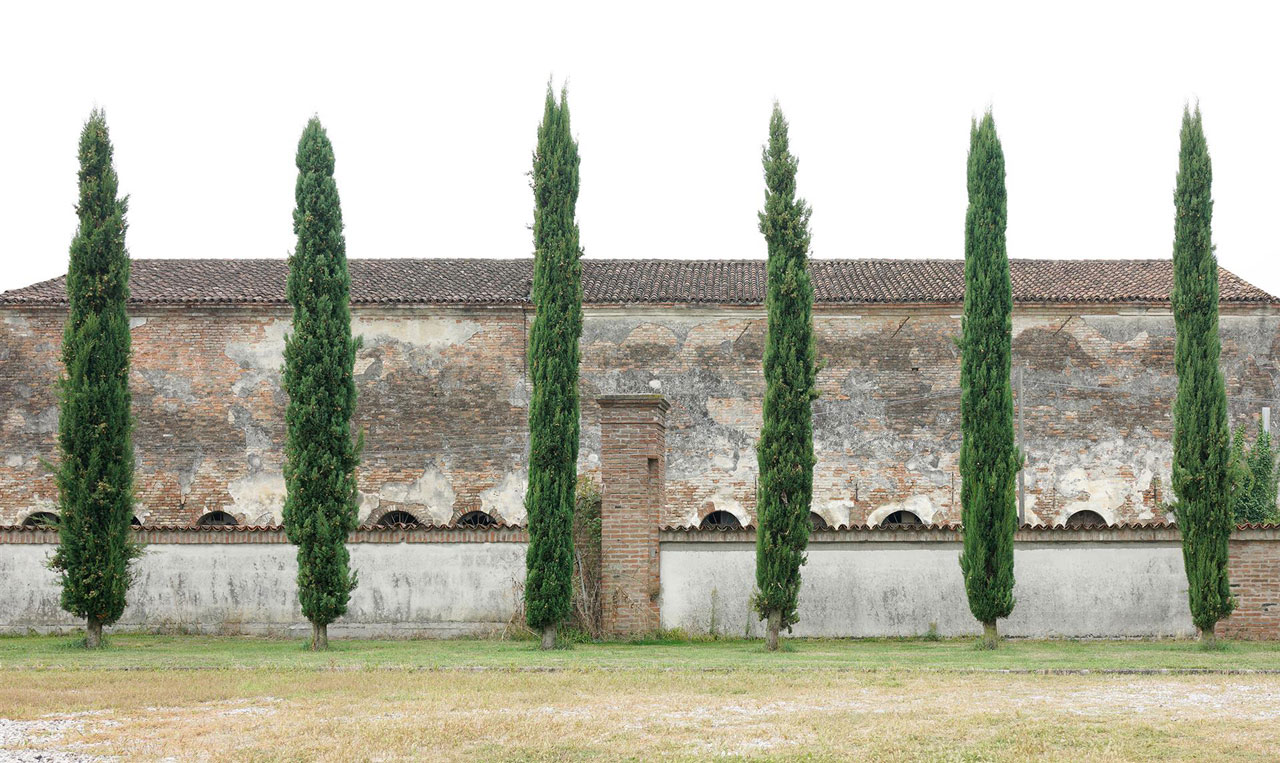 Candida Höfer’s oeuvre, which has grown steadily over five decades, is considered part of the contemporary photographic avant-garde. Her large-format photographs depict the public and semi-public spaces of landmark historical libraries, museums and opera houses. The focus of her motifs is on places of human interaction, communication, memory and knowledge, but also of leisure and recreation. The artist herself describes her works not as architectural photography, but rather as portraits of spaces.
Candida Höfer’s oeuvre, which has grown steadily over five decades, is considered part of the contemporary photographic avant-garde. Her large-format photographs depict the public and semi-public spaces of landmark historical libraries, museums and opera houses. The focus of her motifs is on places of human interaction, communication, memory and knowledge, but also of leisure and recreation. The artist herself describes her works not as architectural photography, but rather as portraits of spaces.
By Dimitris Lempesis
Photo: Macao Museum of Art Archive
Candida Höfer, considered one of the most important conceptual photographers of the latter half of the 20th century, is known for her signature eye-level orthogonal views of architectural interiors of public spaces that are devoid of human presence. These printed images, reaching up to 2.59 metres wide and 2 metres high, depict mostly Western built environments, cultural in nature, of different typologies and time periods. Much of her more recent work are representations of edifices designed by Pritzker laureate architects. The exhibition “Epic Gaze” is a selection chosen from the body of work developed by Höfer over the last 20 years. It features a variety of pieces organised in six major themes: “Passages”, “Theatres”, “Museums”, “Libraries”, “Worldview” and “Unseen Works”. These themes are enclosed in separate sections and placed in a bespoke exhibition layout as a way to promote a paced and sequential contemplation in the viewer. The title of the exhibition stems from Höfer’s global vision of capturing a particular built environment that embodies humanity’s aspirations to preserve, represent and communicate the legacy of historical assets which emanate profound beliefs and aesthetics. By re-envisioning these structures through the medium of photography, Höfer rekindles the question of how these crucial masterpieces will continue to shape and weigh in the collective memory for the generations to come. In her “Theatre” and “Museums” series, Höfer skilfully depicts the progressive idea of public space. However, the artist redefines the idea of the ‘non-place’ through her recent ‘Passages’ series, or the ceilings in her ‘Light bulbs’ series, and even in her outdoor tree series where trees resemble fences and intersections. As the field of contemporary photographic art develops, it can be argued that the authenticity of the image itself is not the primary concern of artists. Instead, understanding the method of production and the ideology behind the image carries far more weight in the overall discussion. Today, when a smartphone is always at hand, making it easy to snap a photo or apply a filter to embellish an image, Höfer’s deeply ritualistic and serial works are perhaps even more relevant. Her images not only highlight the modern practice of photographic typology, but also show how carefully Höfer plans her work, while allowing the viewer glimpses of her moments of intuition. Whether a public or private photograph, a sublime freeze-frame or a simple record of a space, Höfer continually reinforces the ontological aesthetics of photography through the development of diversity. The most fascinating aspect of Höfer’s work is not the architectural grandeur of the space she photographs, but her ability to control such magnificent scenery with rationality and restraint, while at the same time perfectly interpreting the abstract and wonderful ‘poetry’ of that space. In public spaces such as libraries, theatres and museums, the artist deliberately excludes people. As a result, Höfer emphasises the ‘presence of the absent’. By contrasting the overlapping of rich civilisations with the absence of humans, the artist draws attention to both the architectural orderliness and to the ‘humanity’ of a space. Höfer avoids post-processing, relying instead on long exposures and natural light. Her serene-yet-dynamic images serve to highlight the ‘personality’ of a space with its architectural structures and curves. The artist transcends the idea of the actual function of a public architecture, and instead highlights its cultural symbolism and its sense of place by subtly displacing or pointing to the cultural and historical context of the space. Through Höfer’s lens, the mundane social function of a space is charmingly intertwined with a sense of awe and wonder. What follows are image-related questions about the abstract, recording, sequence, disorder, the present and the past. All of this tells the story of the building or space in a way that goes beyond simply the psychological aspects of the iconography within the frame. The viewer is psychologically present, but actual people are visually absent in Höfer’s work. This allows her to create a much warmer atmosphere compared to, say, other works that have been influenced by the Düsseldorf School of Photography. Höfer has successfully used photography as a medium to explore the interplay between architecture and psychology, thereby deepening the contemporary meaning of what it is called ‘image.’ The German philosopher Martin Heidegger came up with the idea of the ‘world picture’, implying that the world we see around us is a reflection of our inner being, and that a vision is simply a window into this world. Similarly, Höfer’s images are not only artworks but also records of space, cultural panoramas of a given era, and social catalogues of architectural history.
Photo: Candida Höfer, Trees Pegognaga IV, 2021, © Candida Höfer, Courtesy the artist and Macao Museum of Art
Info: Macao Museum of Art, Av. Xian Xing Hai, Macao, China, Duration: 6/12/2023-3/3/2024, Days & Hours: Tue-Sun 10:00-19:00, www.mam.gov.mo/
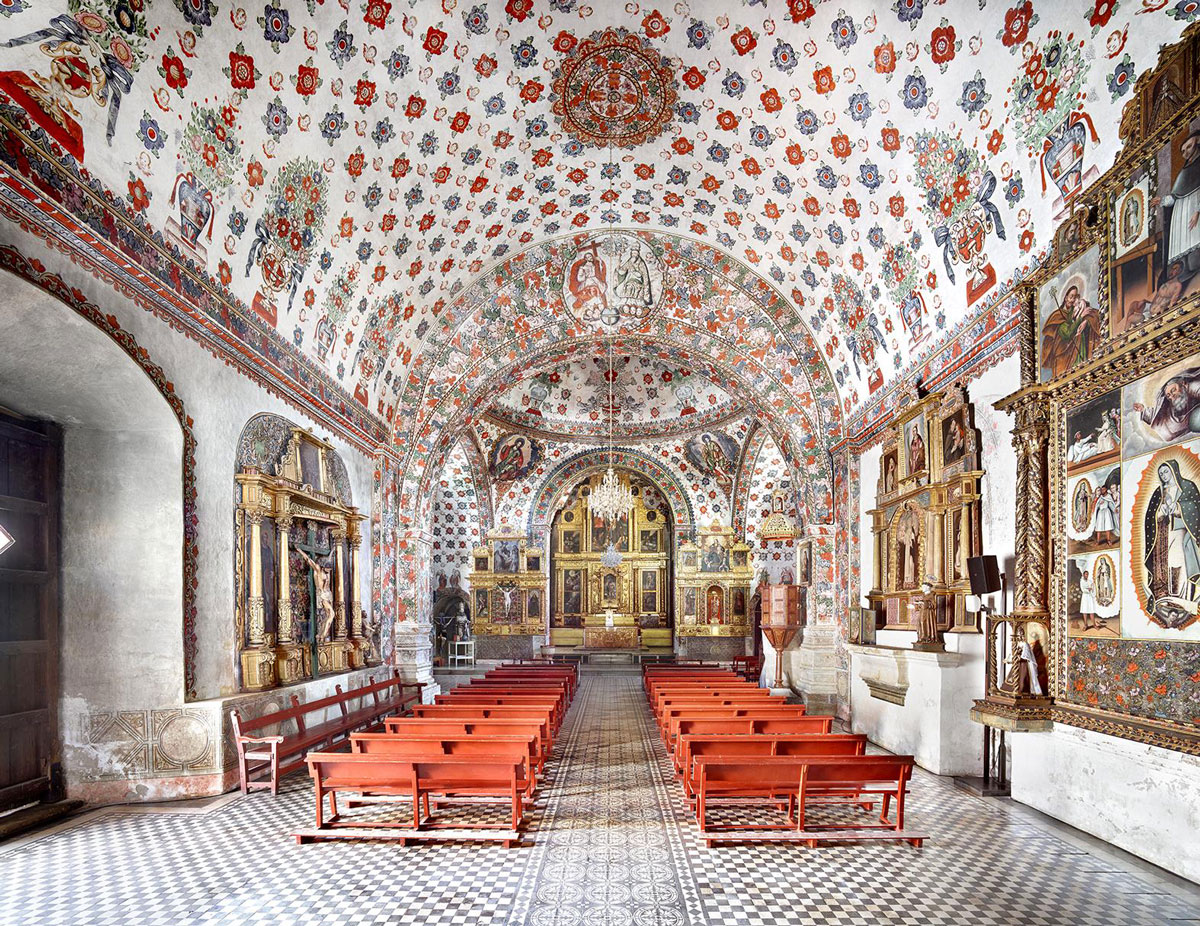
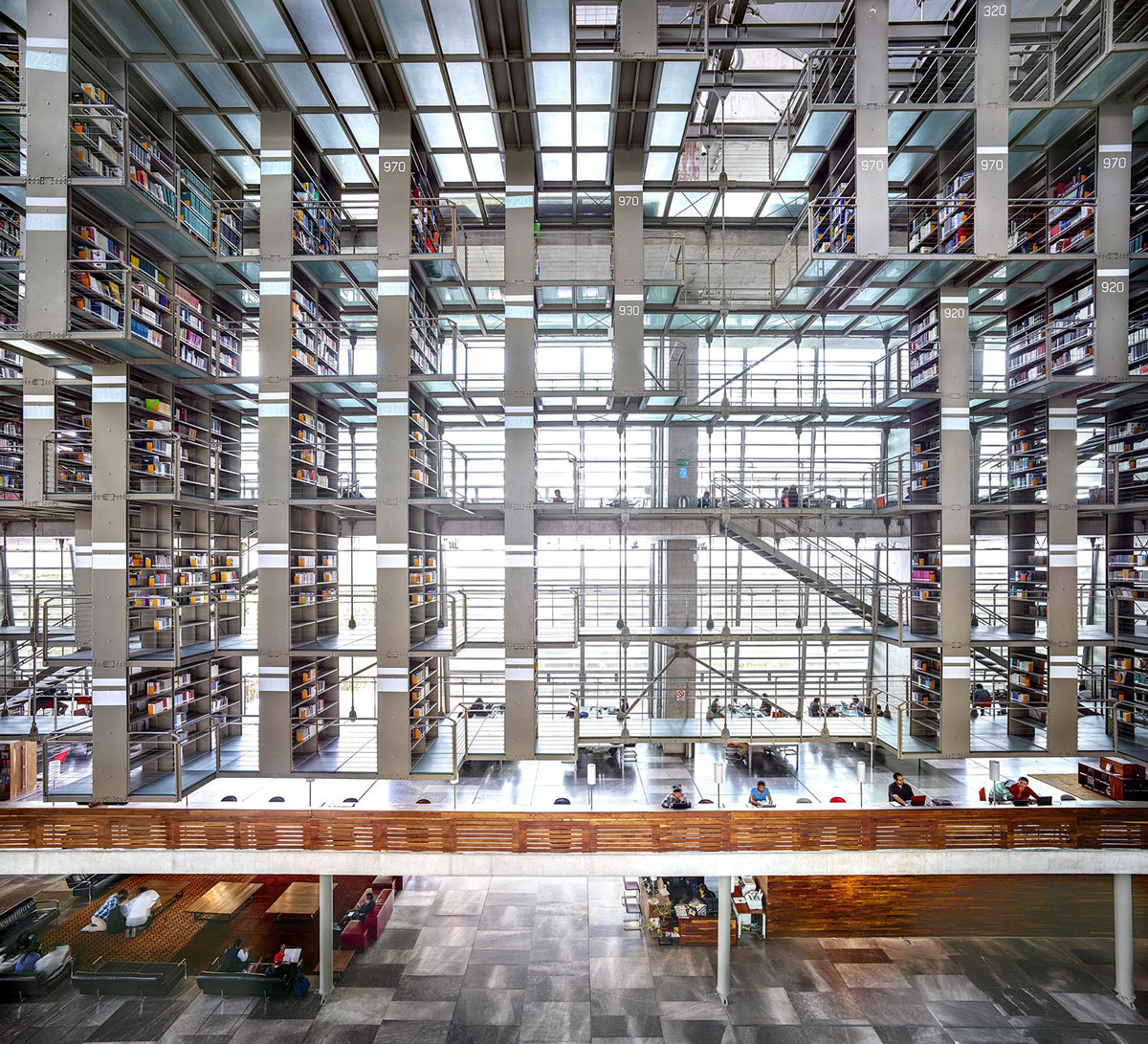
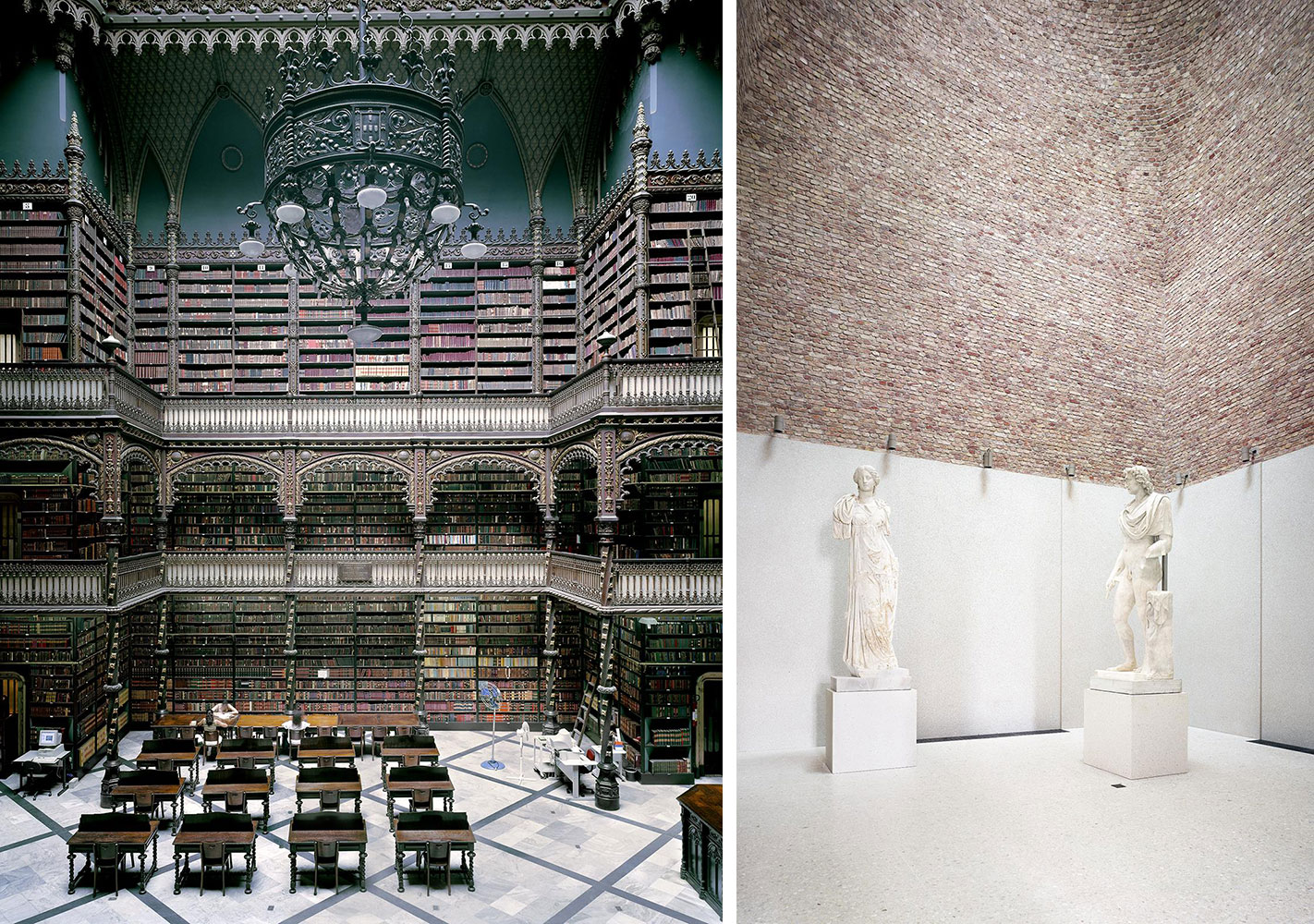
Right: Candida Höfer, Neues Museum Berlin XXXI, 2009, © Candida Höfer, Courtesy the artist and Macao Museum of Art
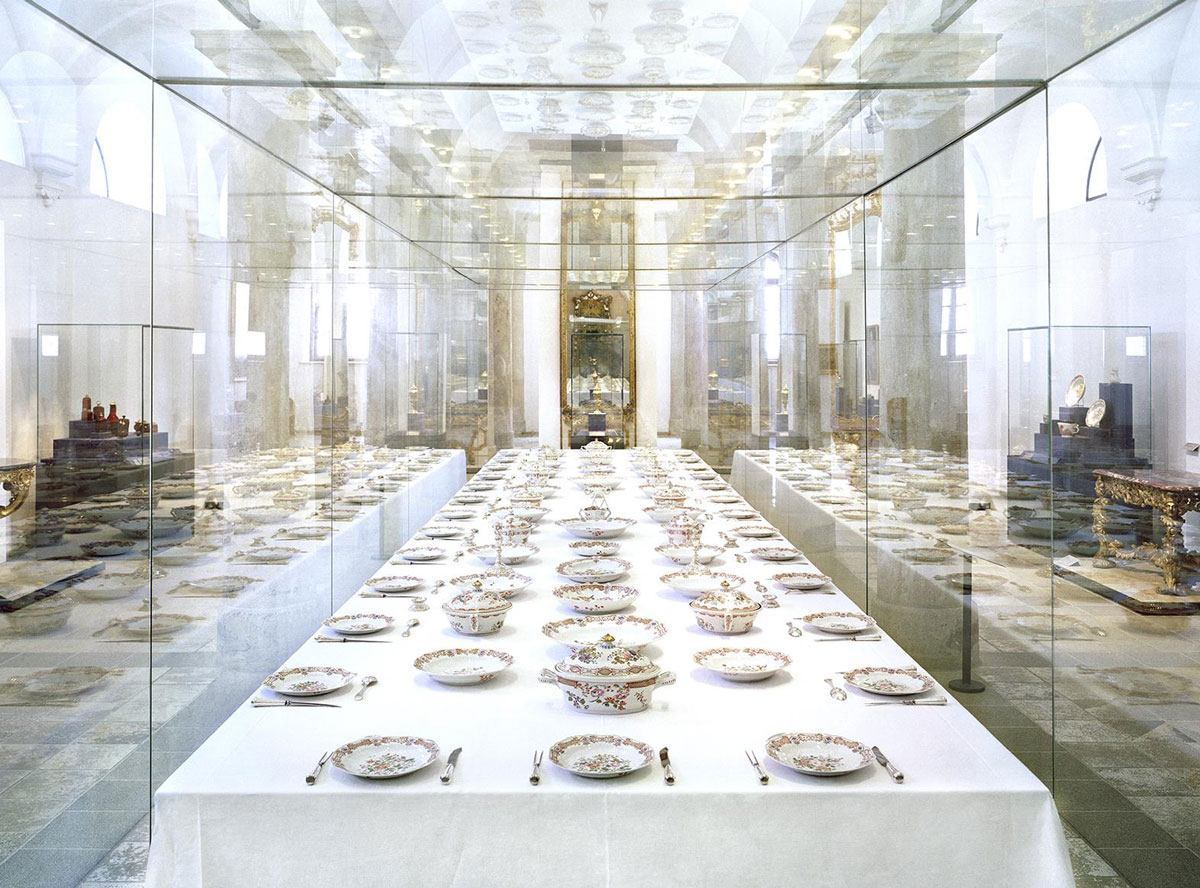
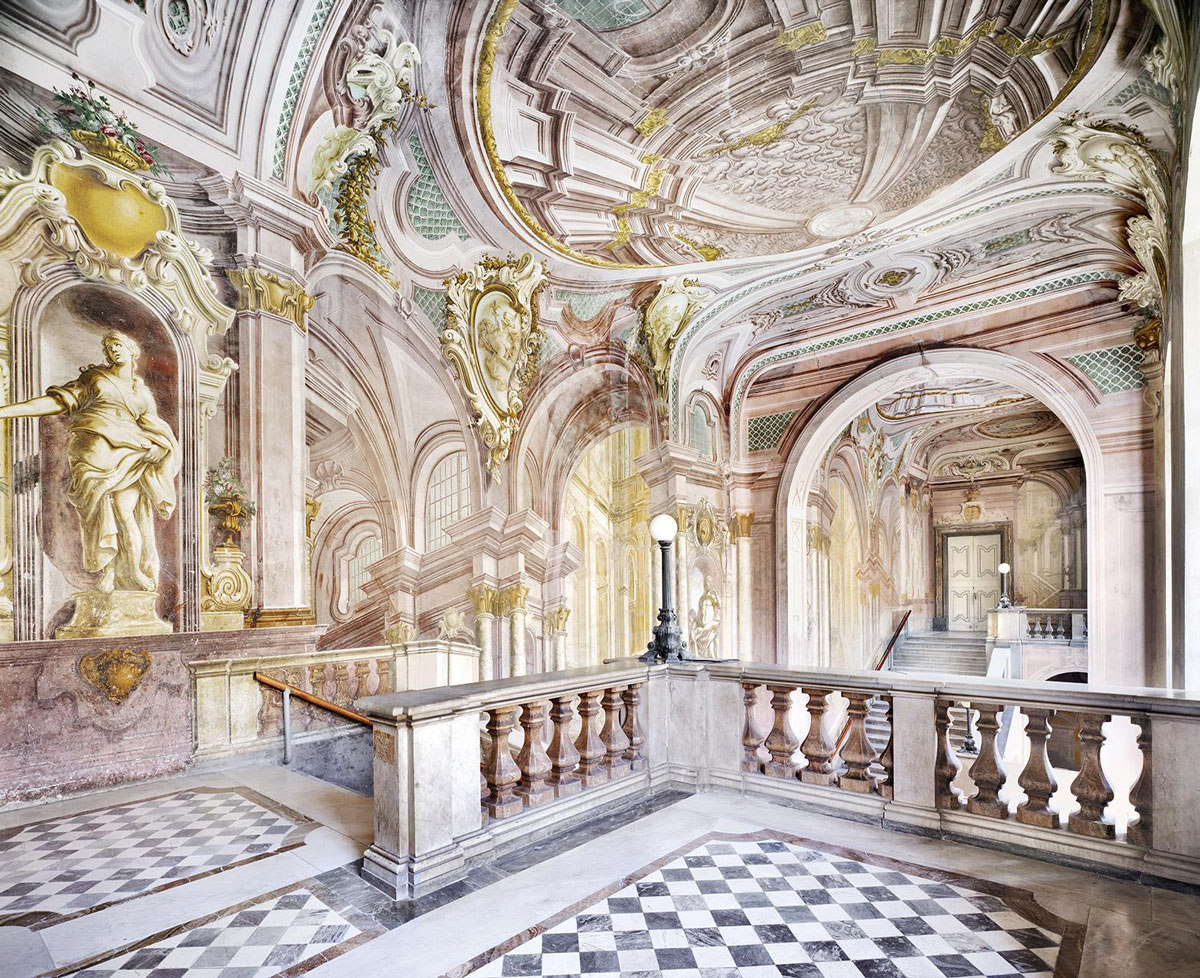
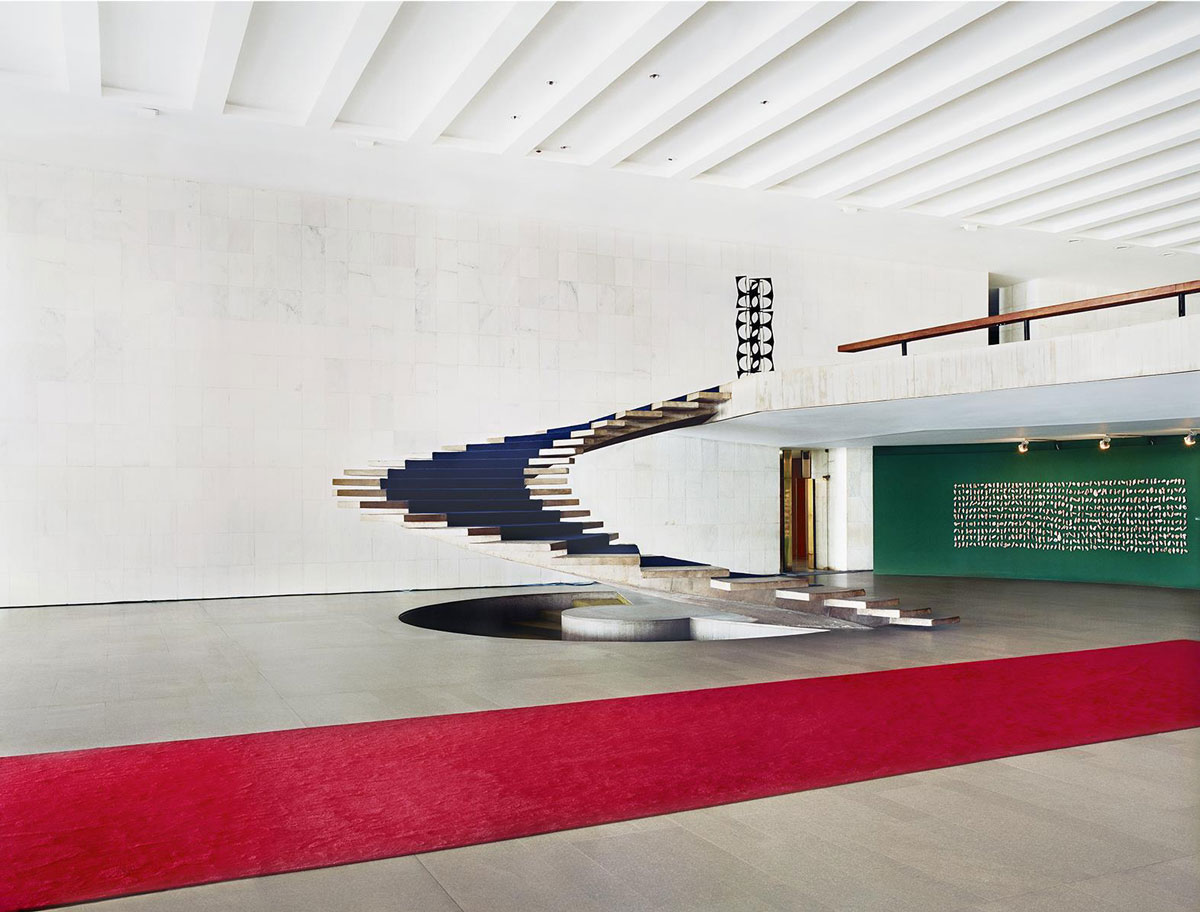
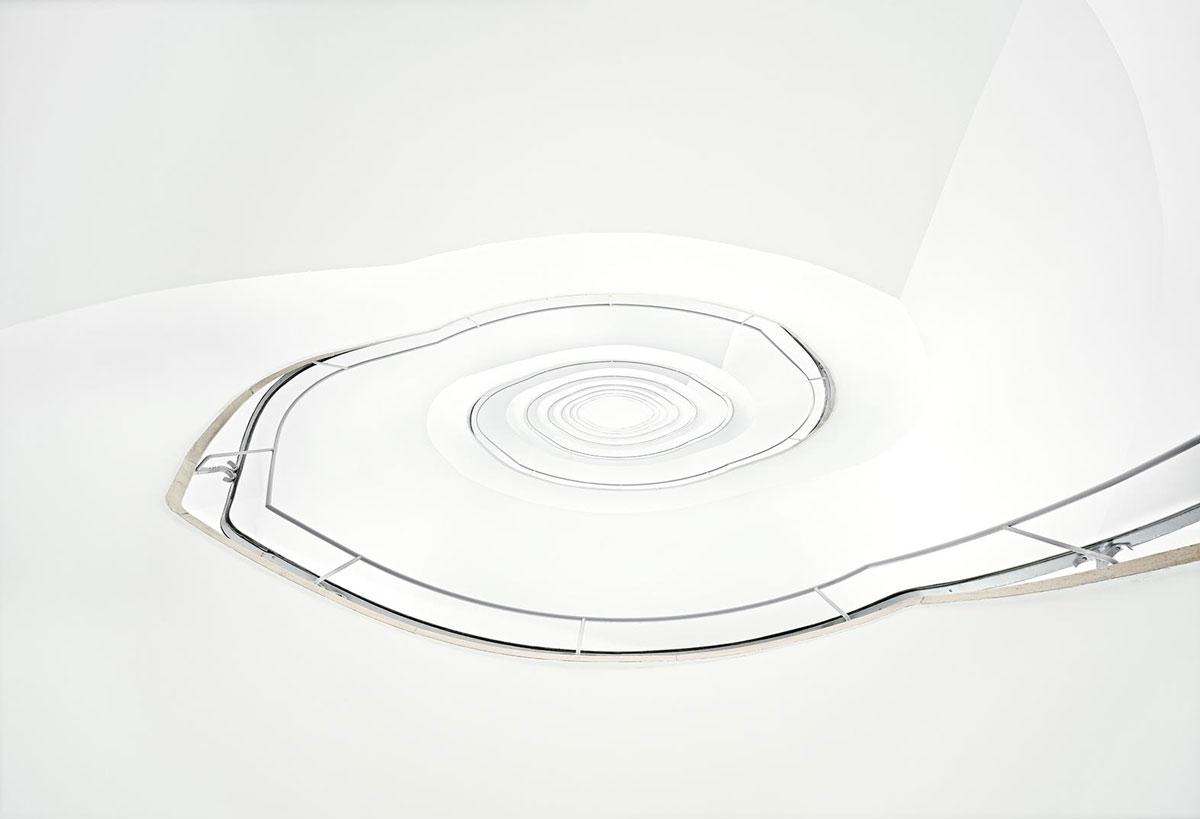
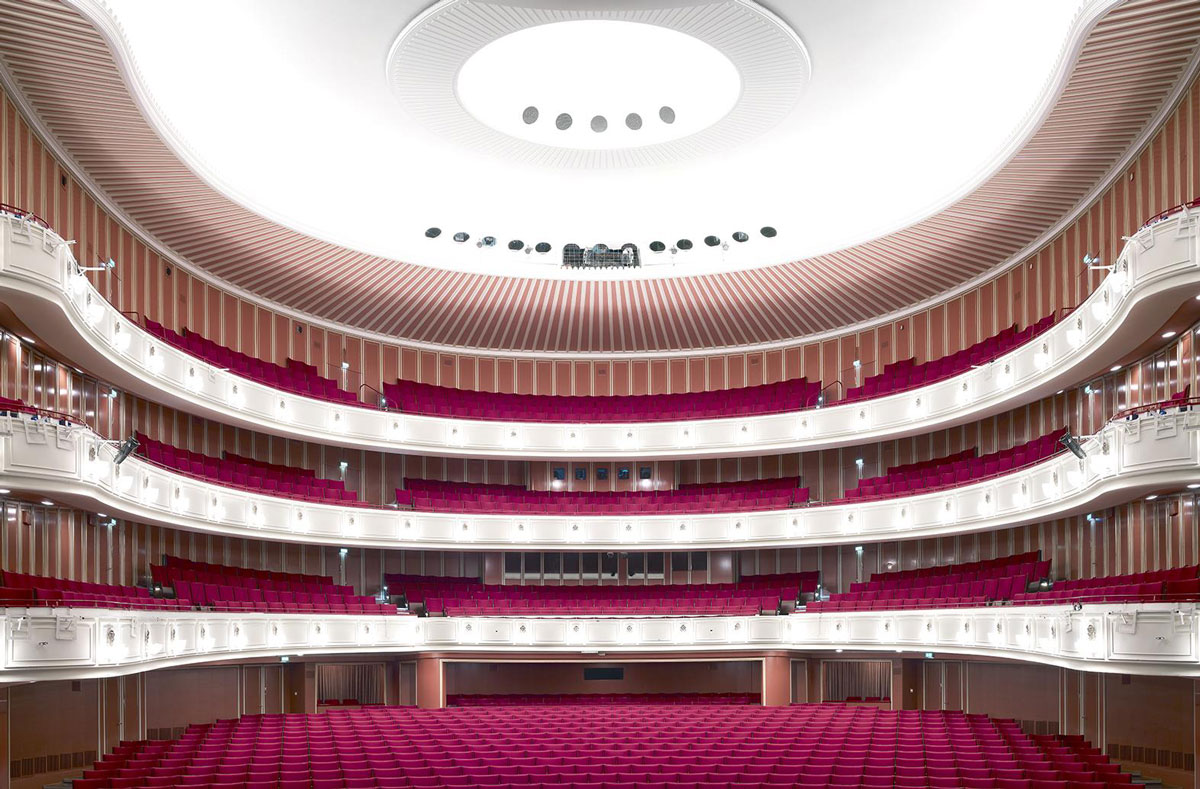
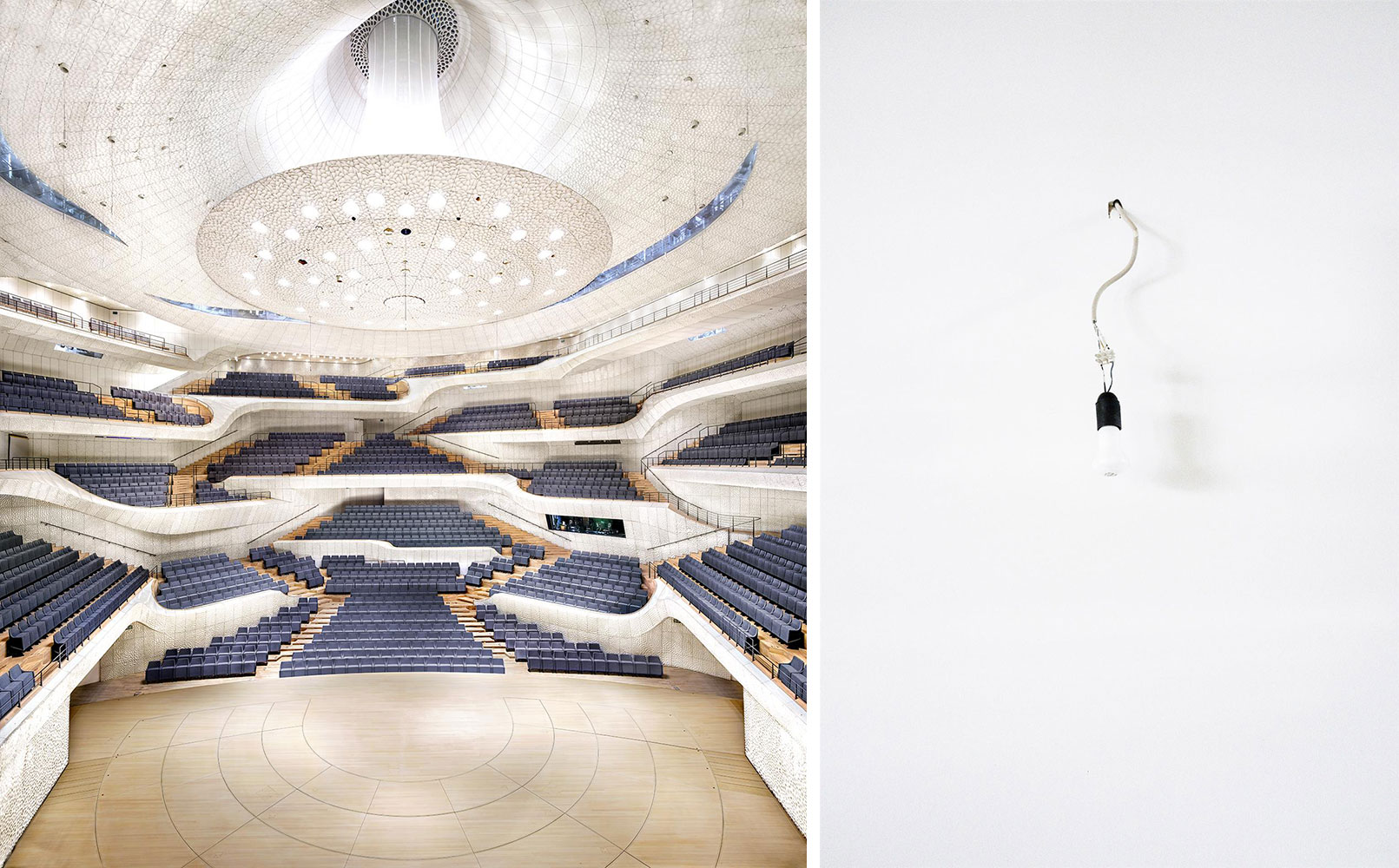
Right: Candida Höfer, Glühbirnen Köln XI, 2021, © Candida Höfer, Courtesy the artist and Macao Museum of Art
